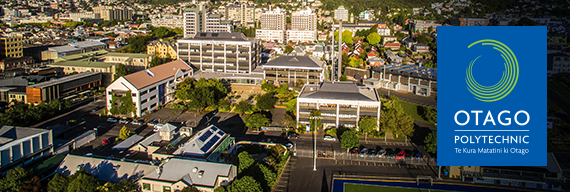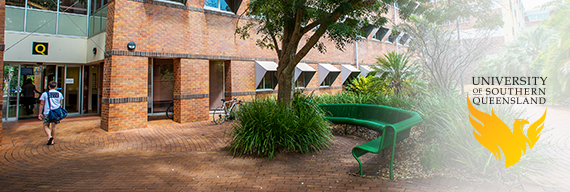Asset Management Planning with Continuous Improvement
Download the full case study here.
Background
Otago Polytechnic delivers tertiary level courses and programmes for 5,000 full-time students at foundation, undergraduate, degree, and postgraduate levels. It has two primary campuses located near Dunedin CBD, and satellite campuses in Auckland and Cromwell. As well as facing challenges with compliance reporting, Otago Polytechnic required systems to manage existing buildings and infrastructure. Its ageing building portfolio no longer meets the standards for modern tertiary education and learning. Council and the executive team recognised the need for robust asset data and an evidence based approach to asset management planning.
The goal
Otago Polytechnic’s key goals were to:
- Inform its strategic planning decisions
- Demonstrate to the Tertiary Education Commission (TEC) it had a robust understanding of the built environment and the cost to maintain and develop it.
- Develop improved management reporting to demonstrate sound reporting and confidence in planning and decision making.
The Challenges
The initial challenges revolved around basic asset management principles:
- Overcoming the shortfalls of existing asset management systems.
- Developing a consolidated and detailed view of the existing facility assets in terms of condition and performance.
- Inform the modernisation of campus planning and future capital intentions.
- Providing the executive leadership team with the right information to support decision making.
- Developing effective asset management plans for each building, including old and underperforming ones.
- Providing the data and information to support ad-hoc decision making.
Our solution
Otago Polytechnic recognised the need to move to a systemised asset planning approach using modern software. Its initial needs were to provide asset management software to:
- Develop an accurate description of the existing portfolio;
- Capture a wide range of organisational and institutional knowledge;
- Assist budgeting and lifecycle planning for existing property assets;
- Provide data to facilitate operational, technical and strategic decision making.
Otago Polytechnic surveyed the sector to explore a range of potential solutions. It then sought proposals from three providers, including SPM Assets. Though this process it established most products lacked the necessary strategic asset management outputs without significant development. Following a period of evaluation, Otago Polytechnic selected SPM Assets software to provide its strategic asset management solution.
Advanced Insights Through Self-Service Reporting
Following the collaborative software implementation process, Otago Polytechnic embarked on a planned programme of data collection and data improvement activities. SPM Assets delivered a range of building condition assessments across each campus, and Otago Polytechnic implemented a programme to capture information technology, learning, and research assets.
Otago Polytechnic developed an advanced understanding of existing assets and likely future requirements using the SPM Assets’ Self-Service Reporting module.
Benefits
SPM Assets software provided Otago Polytechnic with the data, information, and analytics to:
- Meet compliance reporting and management needs;
- Produce strategic asset management planning and lifecycle forecasting requirements;
- Create evidence-based business cases for the development of teaching spaces and student accommodation
- Inform major capital spending decision for strategic assets development projects.
Additionally, the Self-Service Reporting tool allowed Otago Polytechnic to create their own interactive graphs, analyses and reports to produce advanced insights into the things that really mattered to them.
Advanced Asset Management via Self-Service Reporting
Otago Polytechnic evolved from basic asset management to a detailed and highly confident understanding of asset management within three years. It developed robust information models for each asset portfolio and used Self-Service Reporting to develop and present an advanced level of analysis, as illustrated in the following examples:
Modelling new builds at the planning stage: Otago Polytechnic now has a sound understanding of its built environment and the evidence to support business cases for the construction of three new buildings and demolition of others.
Lifecycle planning for teaching assets: Each school and department now has a unique register of teaching assets (e.g. laboratory equipment, workshop equipment, etc.). For the first time in 2017, each school had a list of its assets and age profiles to inform decision making and prioritisation during the annual capex request and budgeting process. This provided a more systematic and transparent approach to decision making and capex allocation.
What the customer says
“The use of the SPM Assets software has completely changed our understanding of key asset portfolios. It has provided the information necessary to confidently budget and plan for the maintenance of existing assets and investment in new ones. The use of the Self-Service Reporting module has fundamentally changed the way we conduct analysis and reporting, and presented information for planning and business cases. It makes it easy to extract the information we need in a way that’s efficient and straightforward.” Rebecca Hamid, Special Projects Manager, Otago Polytechnic

